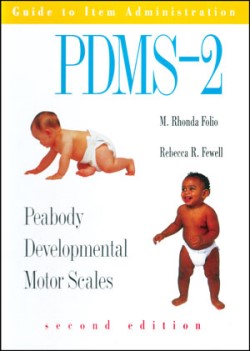The Feifer Assessment of Writing (FAW) goes beyond standard handwriting measures to help practitioners truly understand the factors contributing to handwriting difficulty. The FAW allows practitioners to answer the “why”! By understanding the factors contributing to handwriting difficulty, practitioners are better equipped to develop treatment plans that are efficient and that adequately address the underlying cause of difficulty.
What’s Measured?
The FAW is comprised of ten subtests (and two additional, optional, subtests) designed to identify and differentiate amongst the three subtypes of dysgraphia. The subsets are: (*indicates subtest used in the Feifer Assessment of Writing Screening Form (FAW-SF))
- Alphabet Tracing Fluency*
- Motor Sequencing*
- Copying Speed
- Motor Planning
- Executive Working Memory*
- Isolated Spelling*
- Retrieval Fluency
- Sentence Scaffolding
- Homophone Spelling
- Expository Writing
- Copy Editing (optional)
- Story Mapping (optional)
FAW vs. FAW-SF
| FW | FAW-SF | |
| Purpose | A diagnostic achievement test used to examine the underlying processes that support written language skills in order to identify the presence of a written language disorder and to identify the specific subtype of dysgraphia. | Identify children at risk for developmental dysgraphia Can be used as progress monitoring tool |
| Key Areas of Focus | Three subtypes of written language disorder: Graphomotor dysgraphiaDyslexia dysgraphiaExecutive dysgraphia | K-1st grade: Graphomotor demands of the writing process Grade 2 & above: Cognitive-linguistic demands of the writing process |
| Age Range | Pre-K- College | Grades kindergarten through college |
| Time | Pre-Kindergarten: 15 minutesGrades K- 1: 20 minutes Grades 2+: 55-65 minutes | K-1st grade:15-20 minuteGrades 2 and above: 20 minutes |
| Scores Yielded | Provides an overall Total Index & three target index scoresGraphomotor IndexDyslexic IndexExecutive Index | Proves a single index score that indicates the risk for dysgraphia or a written language learning disability and the need for further assessment. |



 When you order the PDMS-2 COMPLETE Kit, you’ll receive an Examiner’s Manual, a Guide to Item Administration, a Picture Book, 25 Profile/Summary Forms, 25 Examiner Record Booklets, the Motor Activities Program Manual and a Peabody Motor Developmental Chart. The PDMS-2 is also offered without the Motor Activities Program Manual (PDMS-2 TEST Kit).
When you order the PDMS-2 COMPLETE Kit, you’ll receive an Examiner’s Manual, a Guide to Item Administration, a Picture Book, 25 Profile/Summary Forms, 25 Examiner Record Booklets, the Motor Activities Program Manual and a Peabody Motor Developmental Chart. The PDMS-2 is also offered without the Motor Activities Program Manual (PDMS-2 TEST Kit).